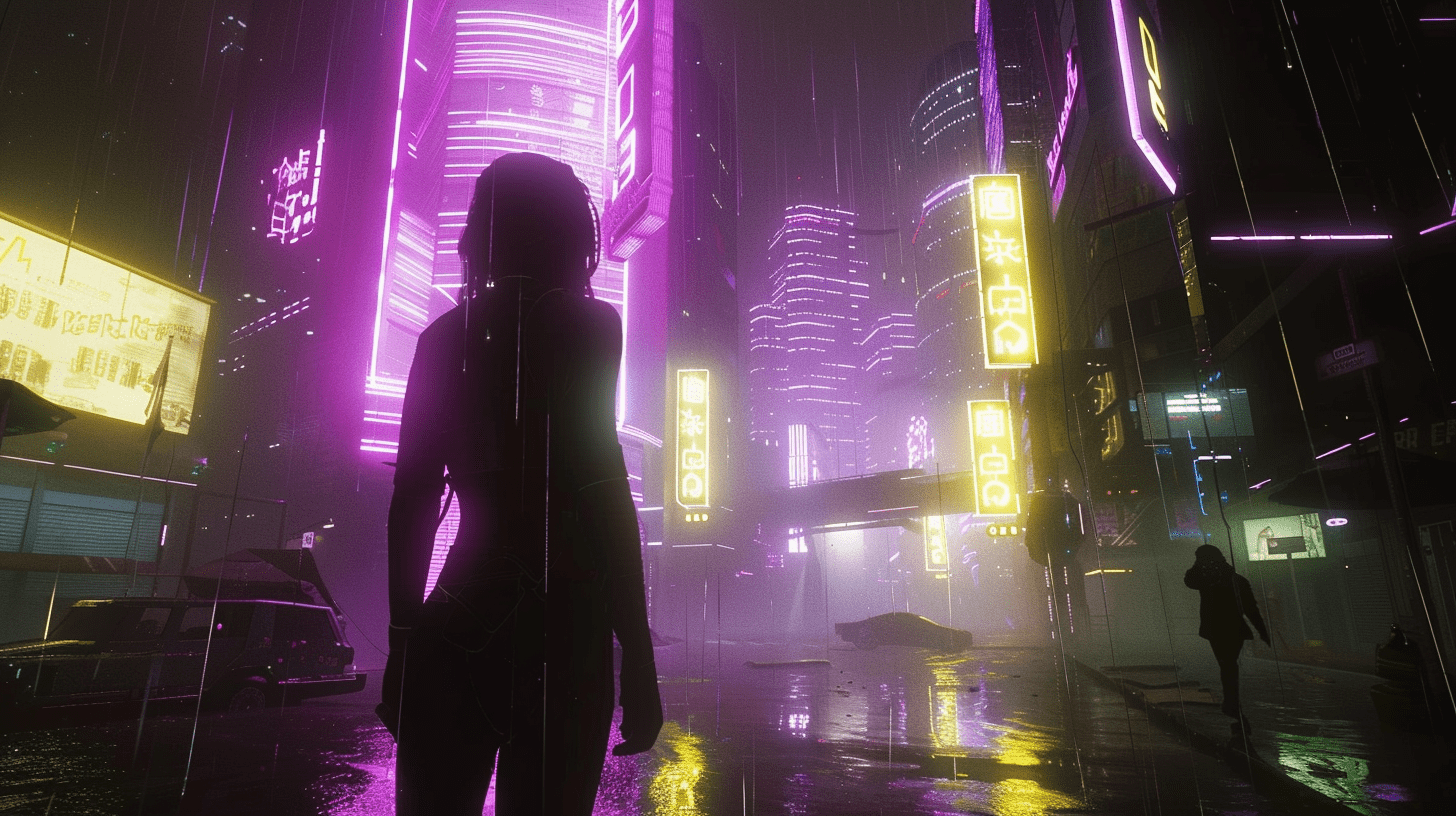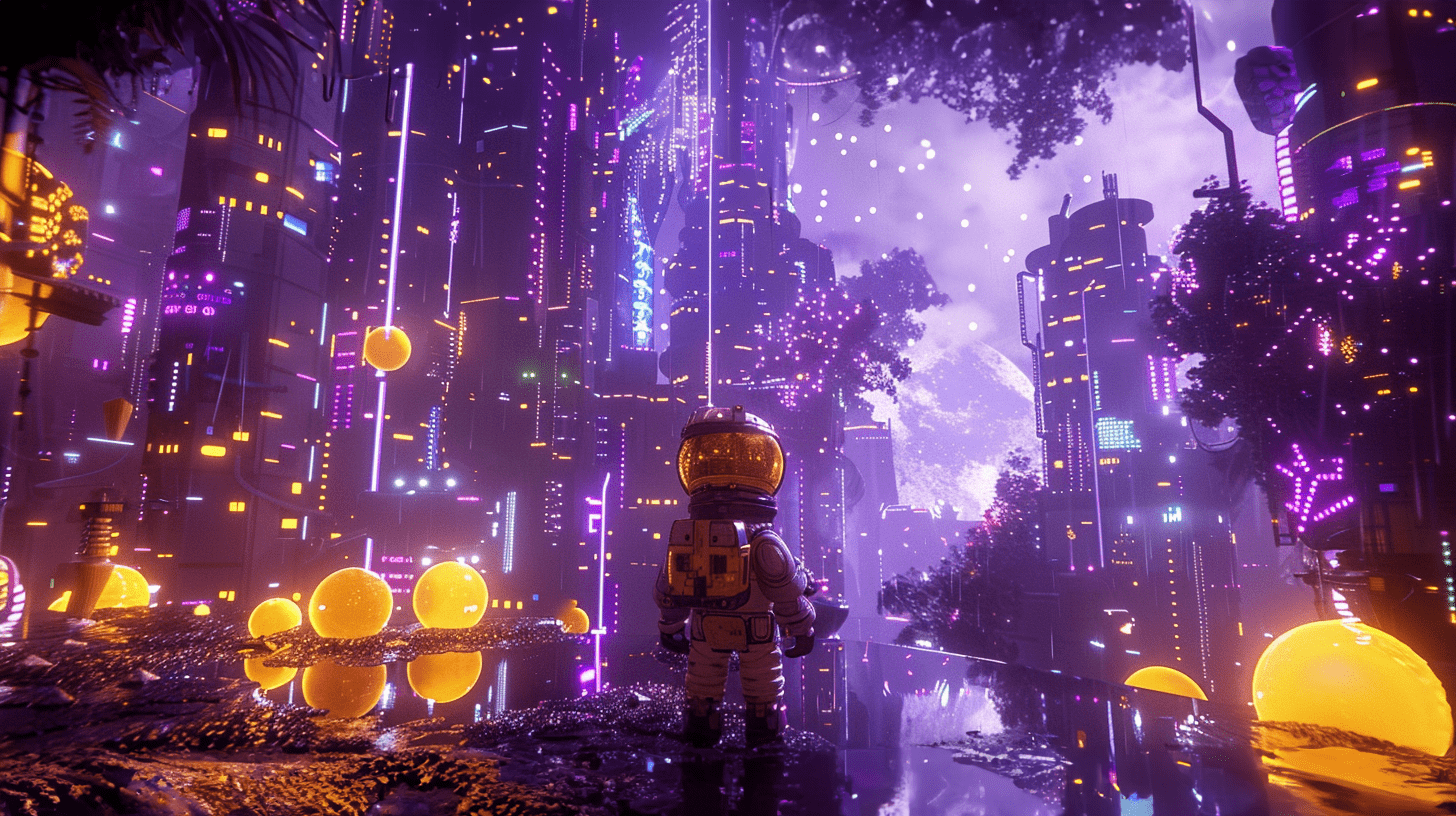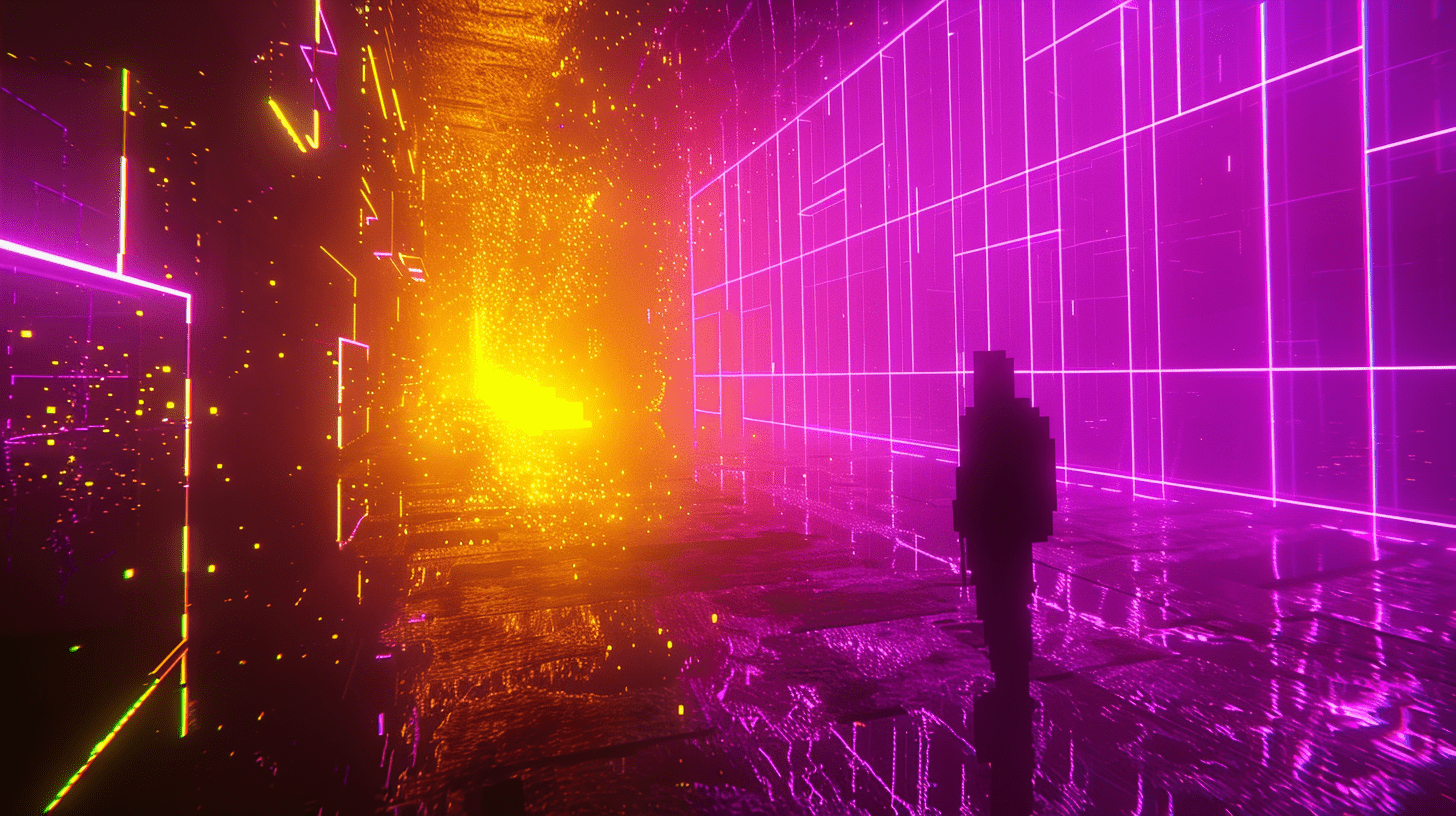How Blockchain is Revolutionizing In-Game Asset Trading

In traditional gaming, in-game asset trading has often been limited by centralized control, where players can purchase or earn digital items but rarely have true ownership or the freedom to trade them openly. Most games restrict the transferability of assets, confining items to a single platform or marketplace controlled by the game developers. This model has limited the potential value of in-game assets, as players are unable to take full advantage of their investments or interact with a broader digital ecosystem.
Enter blockchain technology, which is poised to transform digital asset ownership and the in-game trading experience. With its decentralized, transparent structure, blockchain provides the foundation for true digital ownership, secure transactions, and cross-platform asset interoperability, all powered by unique, verifiable assets like NFTs (non-fungible tokens).
This article will explore how blockchain technology is reshaping the landscape of in-game asset trading, creating new economic opportunities for players, and redefining the value of digital ownership in the gaming industry.

Traditional In-Game Asset Trading: Limitations and Challenges
In traditional gaming ecosystems, asset trading has been primarily managed by centralized systems, where game developers or publishers retain control over in-game items and transactions. Players can earn or buy assets, but true ownership remains limited as these items are generally bound to the game’s platform. Assets are typically non-transferable and restricted to closed marketplaces within the game's ecosystem, preventing players from freely trading or selling them outside the designated environment.
The limitations of this model are significant. Players lack genuine ownership over their digital assets, meaning they can lose access if a game is shut down or if developers alter asset policies. Additionally, closed marketplaces limit liquidity and asset value, as players cannot access broader markets where demand might be higher. Moreover, transferring assets between games or platforms is rarely possible, restricting the portability and potential utility of digital items.
Traditional asset trading also faces challenges like high transaction fees, limited transparency, and security risks. Transaction fees can accumulate quickly, reducing the value players receive when buying or selling assets. Security concerns, such as hacking and account theft, can lead to asset losses, with limited options for recovery. Without interoperability, assets are confined to individual games, hindering their utility and market potential across a broader gaming ecosystem.

Blockchain’s Role in Transforming In-Game Asset Ownership
Blockchain technology fundamentally changes the way in-game assets are owned, providing players with genuine ownership rights through decentralized and immutable ledgers. Unlike traditional models where players’ assets are controlled by game developers, blockchain-based systems allow players to truly own and manage their digital items. This shift empowers players with new levels of freedom to buy, sell, and trade their assets across multiple platforms without the risk of losing ownership due to platform-specific restrictions.
Decentralized ledgers play a crucial role in asset verification and security, as they record every transaction on an unchangeable public record. This transparency ensures that each asset’s authenticity and history can be easily verified, reducing issues with counterfeits or duplicates. Blockchain’s security protocols also minimize risks of asset theft or unauthorized transfers, as the system operates on a decentralized network with cryptographic protection.
Non-fungible tokens are central to representing unique in-game items on the blockchain. NFTs function as distinct, verifiable digital assets tied to a particular item, ensuring that each asset is one-of-a-kind. These tokens facilitate easy proof of ownership and allow assets to retain value outside a single game’s ecosystem, enabling their use in other games or marketplaces. This model of asset ownership and transferability transforms in-game economies by introducing new revenue streams, value appreciation, and secondary markets for players and developers alike.

Decentralized Marketplaces for In-Game Assets
Blockchain technology enables decentralized, peer-to-peer trading of in-game assets, creating marketplaces where players can directly buy, sell, and trade items without the need for intermediaries. In these decentralized systems, players retain full ownership of their assets, and transactions are conducted on secure, transparent networks. This structure not only simplifies the trading process but also eliminates the control that traditional game developers or third-party platforms may have over in-game economies.
The advantages of decentralized marketplaces are numerous. Transaction fees are typically lower, as there are no intermediaries claiming a percentage of sales, making these marketplaces more cost-effective for players. Furthermore, decentralized platforms are globally accessible, allowing players from different regions to participate freely. This increased accessibility fosters a wider community of players and collectors, driving demand for rare items and encouraging greater interaction in the gaming ecosystem. The removal of intermediaries also means faster transaction times and a reduction in restrictions, allowing assets to flow freely across games and platforms.
Examples of blockchain-based marketplaces, such as OpenSea and Rarible, demonstrate the versatility of decentralized trading. These platforms allow players to trade NFTs that represent in-game assets, which can be transferred across various games and platforms that recognize these tokens. This inter-game compatibility creates a shared economy where players can accumulate value that transcends individual games, offering them flexibility and potential financial gain from their digital investments.

Interoperability Between Games: The Next Frontier
Blockchain technology offers a promising pathway toward interoperability, where players could own and use assets seamlessly across multiple games and platforms. This concept of asset portability would allow items like characters, skins, weapons, or collectibles to hold value and utility across a range of gaming environments, enhancing the sense of true digital ownership and enabling a more interconnected gaming experience.
Interoperability could fundamentally reshape the gaming ecosystem. Instead of assets being limited to a single game, players could transfer their items across various compatible titles, fostering a more expansive digital economy. For instance, a rare weapon or unique character acquired in one game could be carried over to another, creating continuity in gameplay and adding value to the assets themselves. This cross-platform utility not only enhances player freedom but also promotes greater engagement, as assets hold value beyond the lifespan of any individual game.
However, achieving interoperability presents challenges. Variations in game engines, design styles, and technical specifications make cross-game asset use complex. Establishing universal standards for asset recognition and compatibility is crucial, as is fostering collaboration between game developers and platforms. Blockchain’s use of standardized token protocols, like ERC-721 for NFTs, represents a foundational step toward interoperability, but ongoing innovation and cooperation across the industry will be essential to fully realize this vision.

Security and Transparency in In-Game Asset Trading
Blockchain technology brings a new level of security and transparency to in-game asset trading, addressing key vulnerabilities in traditional asset exchanges. Through the use of decentralized ledgers, blockchain provides an open, immutable record of transactions and asset ownership, which players and developers can verify at any time. This transparency strengthens player trust by making the entire trading history of an asset visible, ensuring the asset’s authenticity and previous ownership.
Smart contracts play a central role in securing transactions. These self-executing contracts operate on predefined conditions, facilitating safe and automated exchanges of in-game assets without the need for intermediaries. When two players agree on an asset trade, the smart contract handles the transfer process, ensuring both parties meet the terms before finalizing the exchange. This automated system minimizes errors and potential security breaches, creating a streamlined and secure transaction experience.
Blockchain also combats fraud by preventing counterfeit assets. In traditional systems, it can be challenging to differentiate between authentic items and duplicates, leaving players vulnerable to scams. However, blockchain’s decentralized and tamper-proof record ensures each asset’s uniqueness, making it nearly impossible to forge or duplicate items. This layer of protection helps maintain the integrity of in-game economies, benefiting both players and developers.

Economic Implications for Players and Developers
Blockchain integration in gaming is reshaping the economic landscape, offering players new ways to earn revenue and developers enhanced opportunities to monetize their in-game economies. By enabling play-to-earn (P2E) models and secure asset trading, blockchain allows players to derive real-world value from their in-game achievements, transforming casual gaming into a potential income source. Players can earn and trade assets with unique value — such as rare NFTs or in-game tokens — across various marketplaces, creating a thriving ecosystem of asset exchange and ownership.
For developers, blockchain technology opens up fresh monetization avenues beyond traditional models. By implementing transaction fees on trades, facilitating exclusive token sales, or forming partnerships with blockchain platforms, developers can drive revenue directly from the economic activities within their games. This decentralized setup allows developers to build sustainable in-game economies that generate ongoing income as players continue to trade and interact within the gaming environment.
Case studies highlight the success of blockchain-based economies in games like Axie Infinity and The Sandbox. In Axie Infinity, players can earn tokens by breeding, battling, and trading creatures called Axies, leading to a robust economy that benefits both players and the game developers. *The Sandbox* empowers users to create, own, and trade virtual land and assets, further proving how blockchain technology enables value creation within decentralized gaming environments. These examples showcase the potential of blockchain to create vibrant in-game economies that enhance player engagement and developer profitability.

Challenges and Considerations
The expansion of blockchain-based asset trading brings notable challenges that the industry must address to ensure sustainable growth. Regulatory issues surrounding digital ownership and the trading of blockchain-based assets pose significant hurdles, as countries and regulatory bodies seek to define the legal frameworks for digital assets. This uncertainty can impact player confidence and developer planning, necessitating clear regulatory guidelines to protect both parties while promoting innovation.
Scalability also remains a critical challenge. High gas fees and network congestion, particularly on popular blockchain networks like Ethereum, can deter players from participating in decentralized marketplaces due to prohibitive transaction costs. Solutions such as Layer 2 protocols and alternative blockchains aim to improve transaction efficiency and affordability, yet widespread adoption and integration remain in progress.
Balancing the decentralized nature of blockchain with developer control and content moderation is another area of focus. While decentralization fosters player autonomy, it may also introduce challenges in content regulation and security within gaming ecosystems. Developers need to implement strategies that uphold a safe, enjoyable environment while preserving the benefits of decentralized ownership and trading.

The Future of In-Game Asset Trading with Blockchain
As blockchain technology continues to evolve, it is poised to fundamentally transform in-game asset trading and ownership, opening doors to mainstream adoption. The ability for players to truly own, trade, and transport assets across different platforms introduces a new level of autonomy and value in gaming. Blockchain's secure infrastructure promises to safeguard these assets, providing players with confidence in the stability and security of their investments. Additionally, as blockchain becomes more accessible, it could lead to more affordable transaction fees and widespread interoperability between games.
Player communities are likely to play an increasingly active role in shaping these economies, advocating for player-first policies and fostering collaboration between developers and gamers. DAOs could facilitate community-driven governance, giving players a voice in the development and evolution of in-game ecosystems.
Blockchain's potential for asset security, economic innovation, and player empowerment positions it as a catalyst for a new era in gaming. By enabling ownership and secure trading, blockchain is not only enhancing gaming experiences but also redefining digital value creation in ways that could impact industries far beyond gaming. As these ecosystems develop, they will likely set new standards for transparency, fairness, and community involvement, marking an exciting future for players and developers alike.
